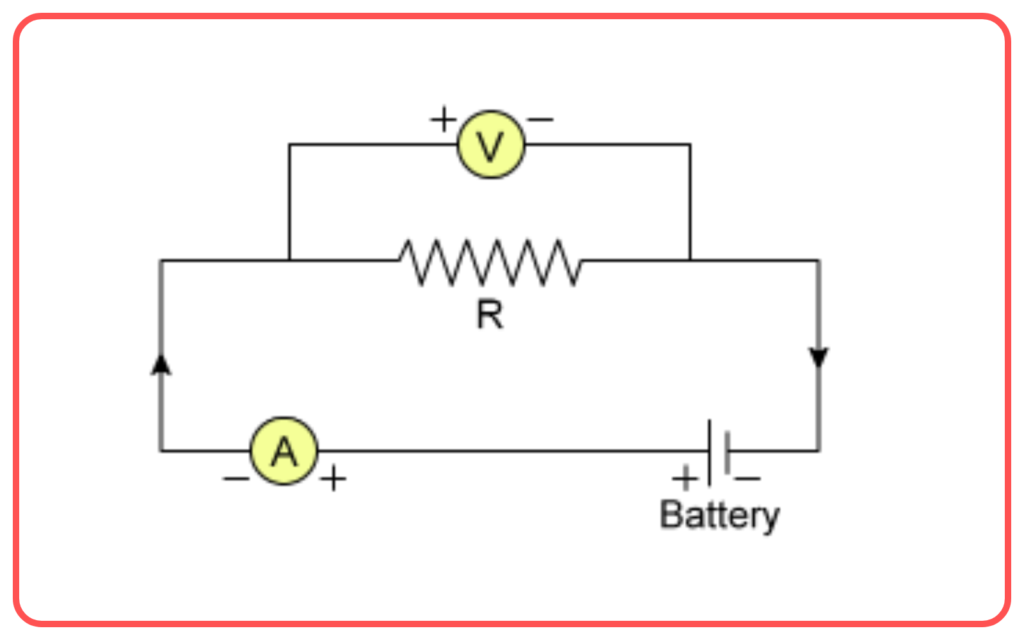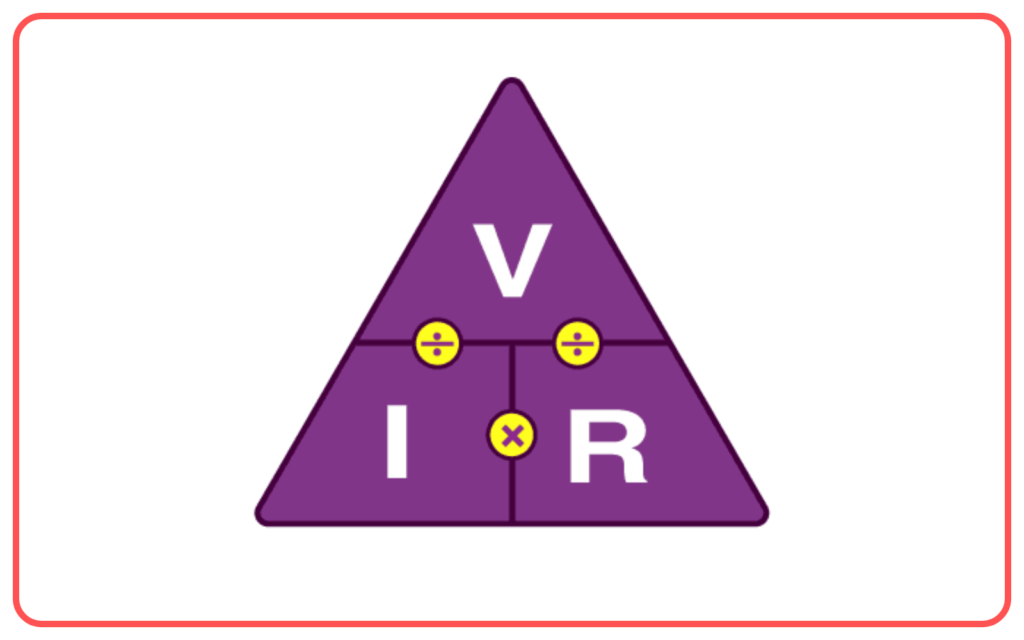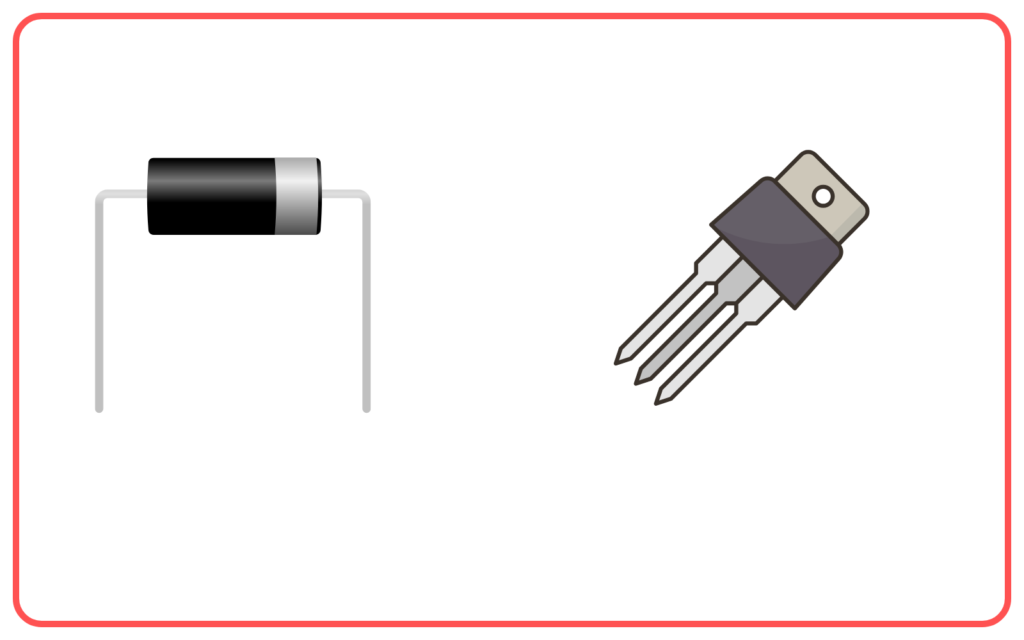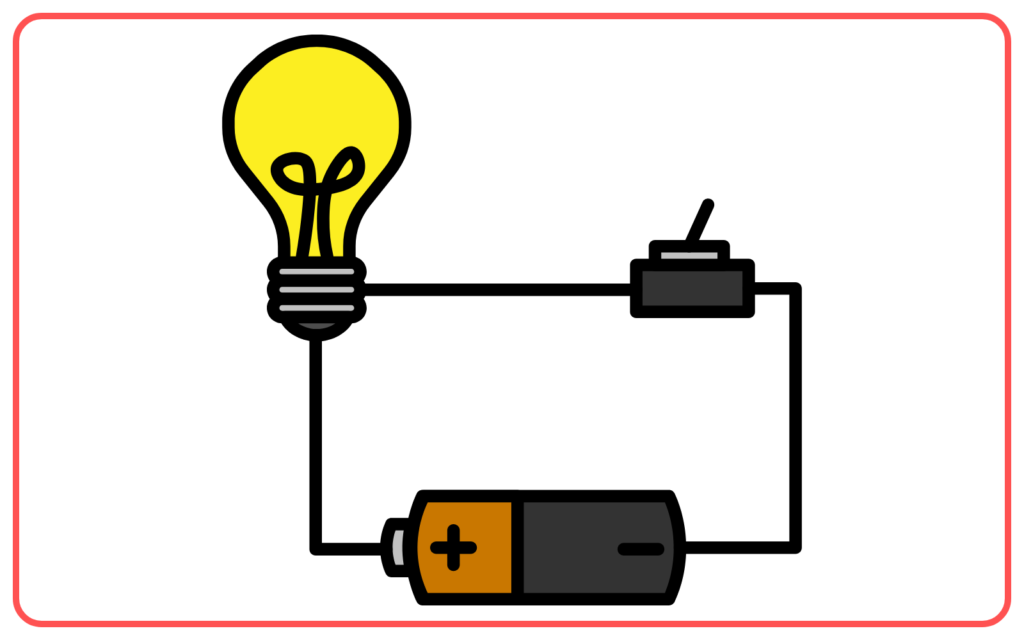Ohm’s Law
Key Notes:
Definition:
- Ohm’s Law states that the current (I) passing through a conductor between two points is directly proportional to the voltage (V) across the two points, provided the temperature and physical conditions remain constant.

Mathematical Formula:
- The formula is:
V = I × R
where:- V is the voltage (measured in volts),
- I is the current (measured in amperes),
- R is the resistance (measured in ohms).

Resistance:
- Resistance (R) is the property of a material that opposes the flow of electric current. It depends on the material, length, cross-sectional area, and temperature of the conductor.
Graphical Representation:
- A graph of current (I) versus voltage (V) for an ohmic conductor (follows Ohm’s law) is a straight line, indicating the linear relationship between V and I.
Ohmic vs. Non-Ohmic Materials:
- Ohmic materials (like metals) follow Ohm’s law, where resistance remains constant as voltage and current change.

- Non-ohmic materials (like diodes, transistors) do not follow Ohm’s law, and their resistance changes with voltage or current.

Applications:
- Ohm’s Law is essential for designing and analyzing electrical circuits.

- It is used to calculate unknown values of voltage, current, or resistance in electrical circuits.
Limitations:
- Ohm’s Law is not applicable for non-linear devices such as diodes or transistors.
- It does not apply if the temperature or physical conditions of the conductor change significantly.
Let’s practice!

